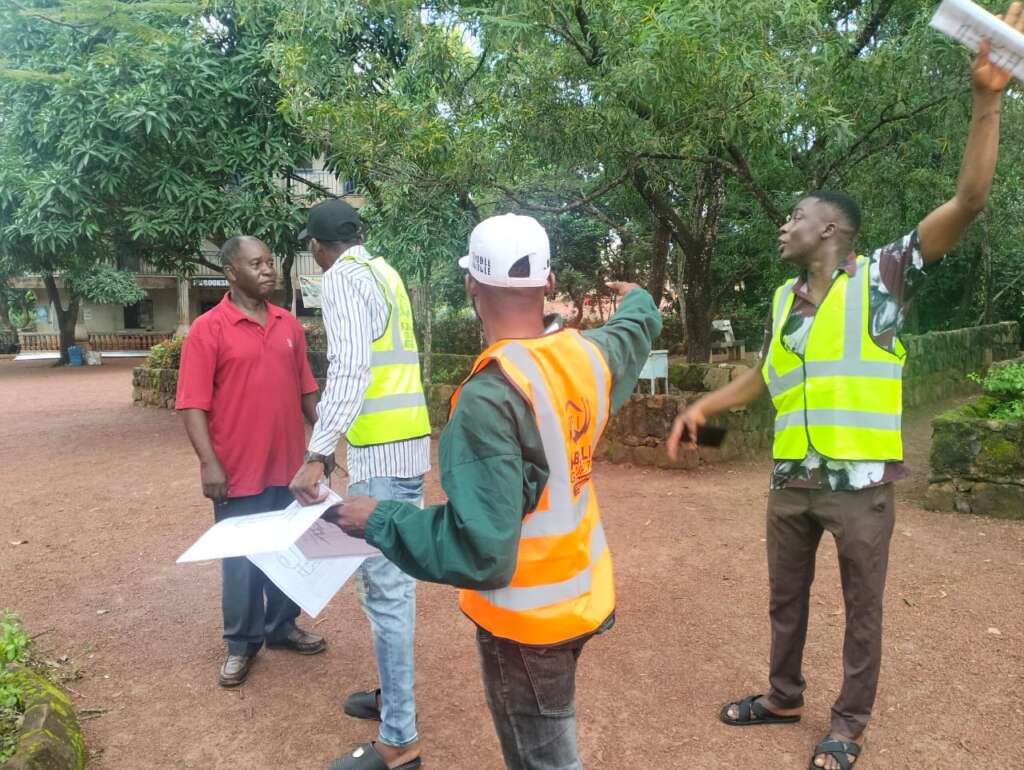Hello friend, welcome to kabillis group. As you read on you will find straightforward explanations of the roles and responsibilities of construction site personnel.
The roles and responsibilities of construction workers will differ from project to project. This is why each construction project requires many different people with different skill sets to execute it. Here is a list and explanations of site personnel roles and responsibilities you will come across on a construction project:
List of Construction Site Personnel
- Project Manager
- Project Engineer
- Quantity Surveyor
- Structural Engineer
- Architects
- Health, Safety, and Environment (HSE) Officer
- Builder
- Maintenance Engineer
- Electrical Engineer
- Procurement Officer
- Mechanical Engineer
- Machine Operators
- Accountant
- Store Keeper
- Artisans
Construction Site Personnel Roles and Responsibilities
Project Manager:
The project manager oversees the entire affairs of the construction site as well as manages the human, material and financial resources of the project, to keep up with the project timeline.
Project Engineer:
The project engineer ensures that the project is quality-controlled, time-controlled, and cost-controlled. They are conversant with the office (design, planning) and field (execution) procedures.

Quantity Surveyor:
The quantity surveyor calculates, manages, and audits all the construction resources needed for the project.
Structural Engineer:
The structural engineer designs all the structural elements in a project and supervises the construction to ensure that proper building practices are being adhered to on the construction site.
Architects:
Architects design the physical aesthetics of buildings. They carry out periodic site visits to ensure adherence and compliance with the architectural plan while liaising directly with the structural engineers and site supervisors.
Health, Safety, and Environment (HSE) Officer:
The HSE officer pilots and implements the company’s health, safety, and security policy on the construction site.
Builder:
Builders bring the vision of the structural (civil) engineer to reality. They are in charge of physical activities.
Maintenance Engineer:
Ensures all site machinery is in perfect working condition in order to reduce downtime. They constantly carry out maintenance checks on all site machinery and document their processes.
Electrical Engineer:
Electrical engineers create electrical designs of structures, consisting of the layout of both the electrical piping (internal) and fittings (external).
Procurement Officer:
They are in charge of the purchase of all materials needed on-site. Their priority is to effectively control the cost of purchase of needed materials, and the timely delivery to the site so as not to slow down the project thereby increasing project duration.
Mechanical Engineer:
They create mechanical designs of structures, consisting of the layout of the plumbing piping, and fittings.
Machine Operator:
The machine operator as the name implies operates various machinery used in construction such as cement mixers, cranes, trucks, excavators, etc.
Accountant:
They work with the management arm of the operation to oversee and monitor the remuneration of all personnel.
Store Keeper:
Storekeepers work with the Quantity Surveyors/Auditors and oversee the use of materials, quantities in which they are used, and the safekeeping of all materials and tools.
Artisans:
The artisans are the manual workers (and laborers) who are skilled in particular crafts in construction such as concreting, masonry, tiling, carpentry, etc..”


